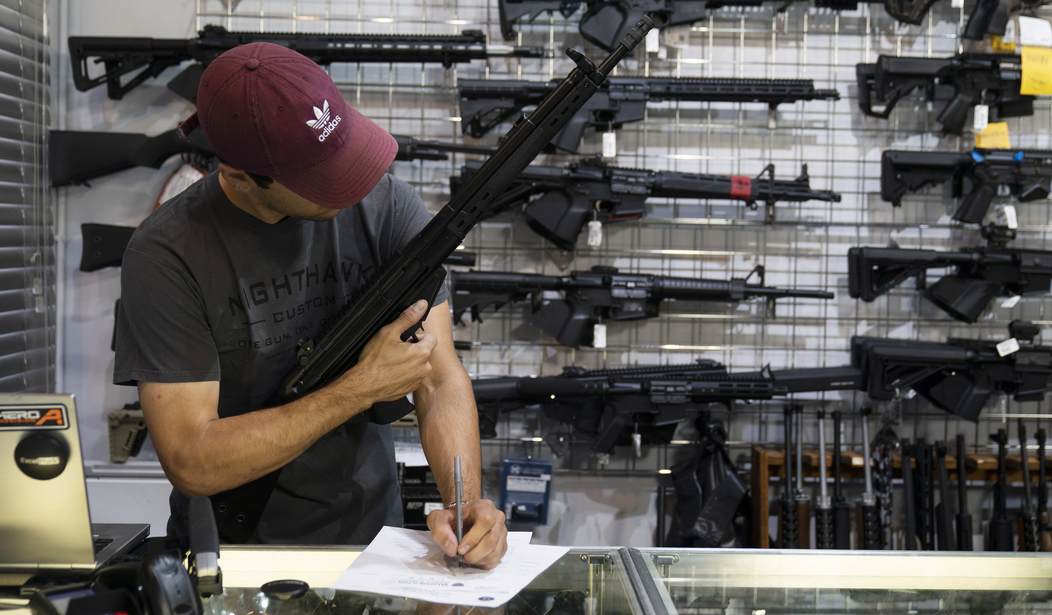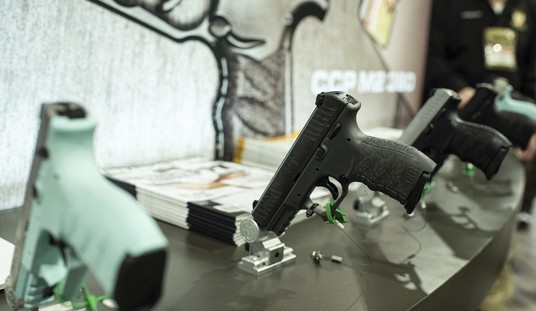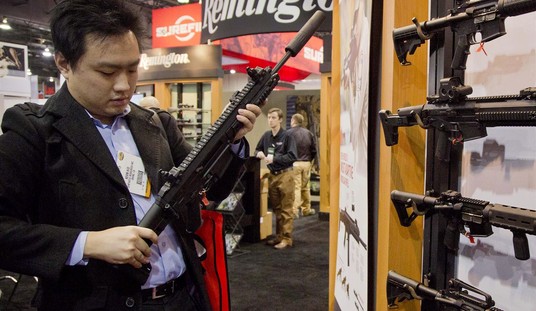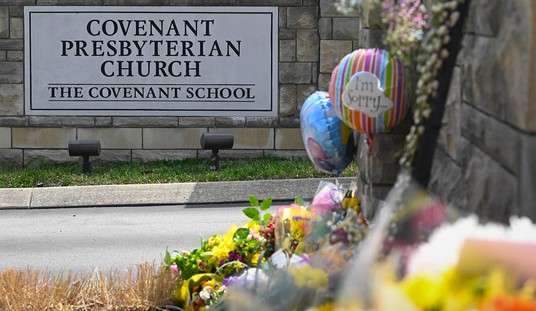Gun tracing data has been a huge talking point lately, pretty much ever since people started getting worked up over unserialized firearms.
For many, the ability to trace guns is absolutely essential to stopping violent crime. How? They never seem to say, though I suspect they just figure we’ll catch people afterward and lock them up thanks to that data.
Never mind that stolen guns render tracing irrelevant.
Still, some seem to think that way.
And now people can get gun trace statistics, which someone did for Savannah, Georgia. In the process, they show how ridiculous any of this actually is.
Most guns used in crimes in Savannah in 2022 were bought legally within the state, according to an internal Federal Bureau of Alcohol, Tobacco, Firearms and Explosives (ATF) spreadsheet obtained by the Savannah Morning News.
Of the 680 guns recovered in Savannah in 2022 by local law enforcement agencies and traced by the ATF:
- 74.7% of the firearms were traced to Georgia-based Federal Firearms Licensed (FFL) dealers, including gun shops, pawn shops and sporting goods stores; 25% were purchased out-of-state.
- 47.5% were traced to 14 Chatham County-based firearms dealers.
- 56 were traced to Georgia-based gun shows
- 52 of the guns recovered in 2022 were traced to individuals, who the ATF refer to as “kitchen-table dealers”
- 36 were classified as ghost guns, which are homemade firearms created by assembling pieces for a fully functioning weapon. They can be made using 3-D printers or kits purchased online or at gun shows and are virtually untraceable. Thirty-four of the 36 ghost guns recovered in Chatham County were recovered from one person.
While it’s unclear how many of those firearm purchases were illegal, the data shows that a small number of local gun dealers sold a high volume of firearms that ended up in the hands of criminals.
So they start off saying they were legal purchases, then says they don’t know how many were illegal. Kind of sending mixed signals, but not until after people have already made up their minds about the numbers.
And they wonder why trust in the media is at an all-time low.
Anyway, let’s talk about this information just a bit. In particular, let’s talk about how useless this information is.
See, this gun tracing data just shows where the gun was sold. What it doesn’t do is tell journalists literally anything else. “But a small number of local dealers sold a particularly large amount of guns found in the hands of criminals!”
Not necessarily. These are recoveries, which also include tracing conducted when a firearm is just found in a bathroom stall or under a bush somewhere. These can simply be misplaced firearms rather than criminals in possession of guns.
Even if they are crime guns, though, we still don’t know much more.
A high number of guns in criminal hands from a small number of stores might mean illicit dealings by unscrupulous gun stores, or it may mean they just sell a lot of firearms overall, which means a higher percentage of guns in the community overall. If a store sells 40 percent of all the guns sold, for example, then it stands to reason that more of the guns they sold will be stolen or end up in criminal hands some other way.
We also don’t know if these guns were the result of a few particularly large collections being stolen and then sold on the streets.
It could also be because it’s a neighborhood gun store and a lot of homes in that neighborhood were burglarized.
These are just a few possible scenarios I came up with over the span of a couple of minutes. There are probably numerous I haven’t even considered, none of which mean anyone at the stores broke the law.
Later on, the piece notes that the ATF in Savannah rarely yanks FFLs from dealers, but that’s kind of irrelevant considering they have no evidence that the stores did anything wrong.
See, part of the issue with gun tracing data being made public is that it lets some people think they know what’s going on when, in fact, they really don’t.








Join the conversation as a VIP Member